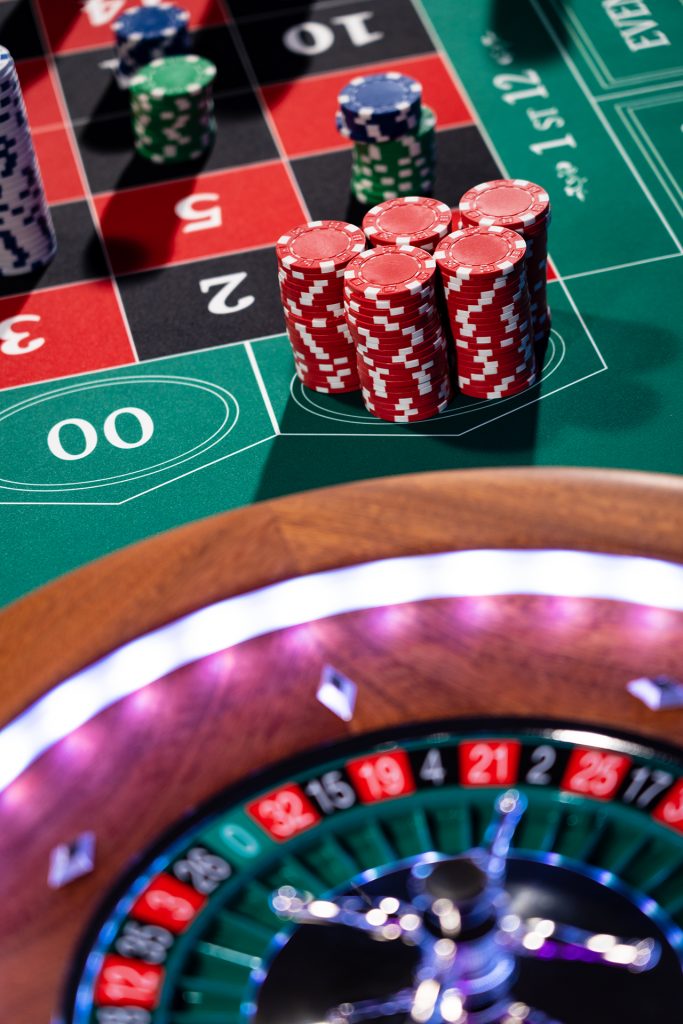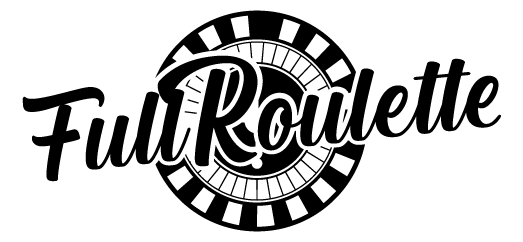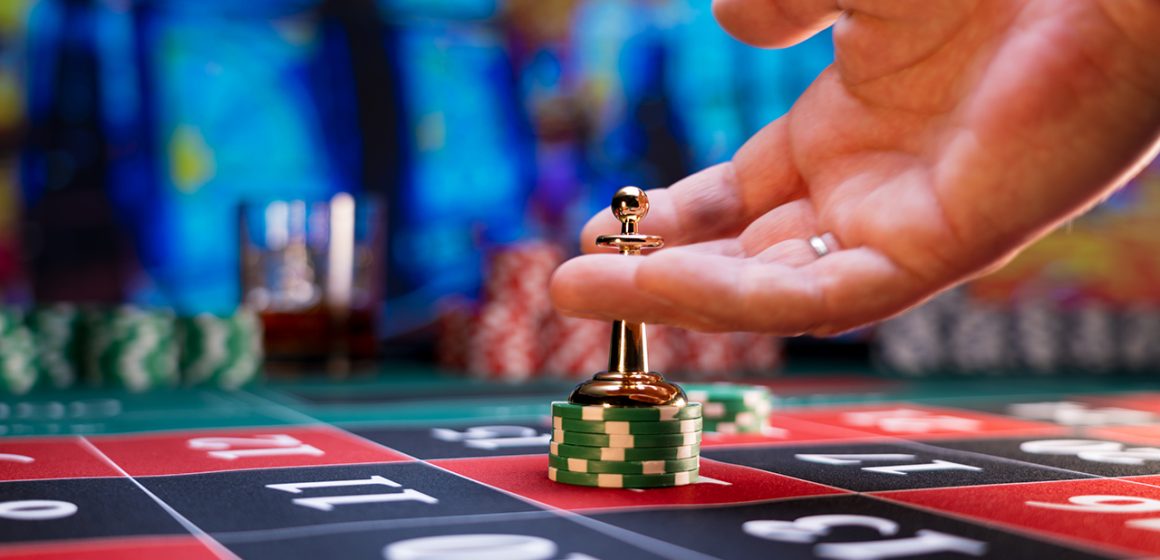The “zero” on a roulette table doesn’t seem to be spoken about enough compared to other numbers. Its function can vary slightly depending upon which version of the game you’re playing. However, the basic idea remains the same.
It might seem insignificant, but the zero makes roulette an engaging game of luck. This piece will discuss the importance and working of the green zero in detail. So, let’s get right to it…
The House Edge & Green Zero Pockets
Single-zero roulette is among the most preferred versions of the game in many parts of the world. Such wheels and tables originated in Europe and are now a staple in European roulette. On the other hand, American roulette is usually played with two green zeros on the wheel. Some versions even use a triple-green-zero roulette wheel.
The house edge tends to be relatively higher in both American versions, but the payout odds are usually similar. This is despite the presence of extra green zero pockets. For instance, single-zero European roulette [0] has a 2.7% house edge. On the other hand, the house edge in double-zero American roulette* is normally 5.26%. Similarly, triple zero American roulette** has a 7.69% house edge.
*One pocket has a single zero [0] while the other has a double zero [00].
**One pocket has a single zero [0], another pocket has a double zero [00], and a third pocket has a triple zero [000].
What Does the Green Zero Represent?
The green zero in any roulette game represents the casino’s house edge. Whether online or land-based, all gambling facilities rake in profits and gain value from the “long-term wagering” expectation. In other words, the more bets a player takes while playing roulette, the more chances there will be of them losing. On the other hand, the casino will continue to earn money.
Beyond that, there are no special privileges or advantages associated with the green zero. Research indicates that there is no bias in favor of green zero pockets. They represent a particular roulette aspect, just like other numbers/values.
Improving Your Roulette Game
You can get better at roulette by understanding a few things about the green zero, including how to exploit a lower house edge. Remember the following to become a pro at roulette betting.
- Newbies tend to bet on double-zero and triple-zero roulette wheels because of a lack of experience. There is, however, a lower minimum bet limit compared to single-zero roulette. This is enough to attract many bettors to the game.
- Given the considerably lower house edge, you should mainly consider betting in single-zero roulette. Admittedly, you’re more likely to find such games in European casinos. Nevertheless, if going across the pond isn’t an option, you can easily play European roulette online.
- In single-zero roulette, the house edge gets reduced to 1.35% when “La Partage” is applied. This is also known as the “half-back rule.” Players intending to take even-money wagers should consider it because their chances of a bigger payout would increase manifold.
Importance of the Green Zero
Green-colored zero pockets are essential to roulette bettors in the following ways.
Payout Chances
Since the green pocket(s) stands out in a sea of black and red pockets (usually 18 each), novice roulette bettors sometimes feel that the zero would be a more likely outcome!
You can use any approach to bet on roulette numbers; there’s nothing wrong with it. Just make sure that you know the payout for straight-up wins on a zero pocket. It’s usually 35-1, like all other numbers on a roulette wheel.
Moreover, try not to become a zero chaser. Remember that zero-related outcomes aren’t any more likely to happen than any of the red or black numbered outcomes.
Marking Time with the Green Zero
Pro roulette players often use the green zero pockets as “timing markers” during a game. While looking at the far portion of the wheel, they notice when the ball passes the green zero. At the same time, they see the decreasing ball speed through their peripheral vision. You can then make an educated guess about the possible revolutions around the ball track before the ball leaves the area.
The idea is to figure out which part of the wheel the ball is likely to drop into (provided it doesn’t deflect or bounce too far away) seconds before the croupier calls “no more bets.” You can easily take wagers on “call bets” such as Tiers du Cylindre, Voisins du Zero, and Orphelins. Wagering on Neighbor bets is also simpler with this technique.
The Use of “La Partage”
As already mentioned, “La Partage” is common in single-zero European roulette. It takes the house edge down to 1.35% from 2.70%. The rule is usually applied when the outcome is zero and bets have been placed on one or more of the six outside chances featuring even money. These include red/black, even/odd, and low/high (1 to 18 & 19 to 36).
In any even-money bet, your wagered chips lose half of their value. Hence, if you’ve bet $50 on red and the result is a green zero, you would only get $25 back.
The closest thing to “La Partage” in double-zero American roulette is the “surrender” rule. It functions similarly on zero-based outcomes. Moreover, the house edge decreases to 2.63% from 5.26% when the surrender is in play. This rule is most commonly used in Atlantic City. Many other states and online casino service providers are yet to warm to the idea.
To Sum Up…

Even though the green zero is primarily a depiction of any casino’s house edge, players can use it to their advantage. Its utility as a timing marker and during even-money bets (with “La Partage” applied) can certainly help you win more during a game.
That does it for this piece. Hope you were able to learn a thing or two about roulette. For more interesting content on the game, keep watching this space on Full Roulette.


Leave a Reply